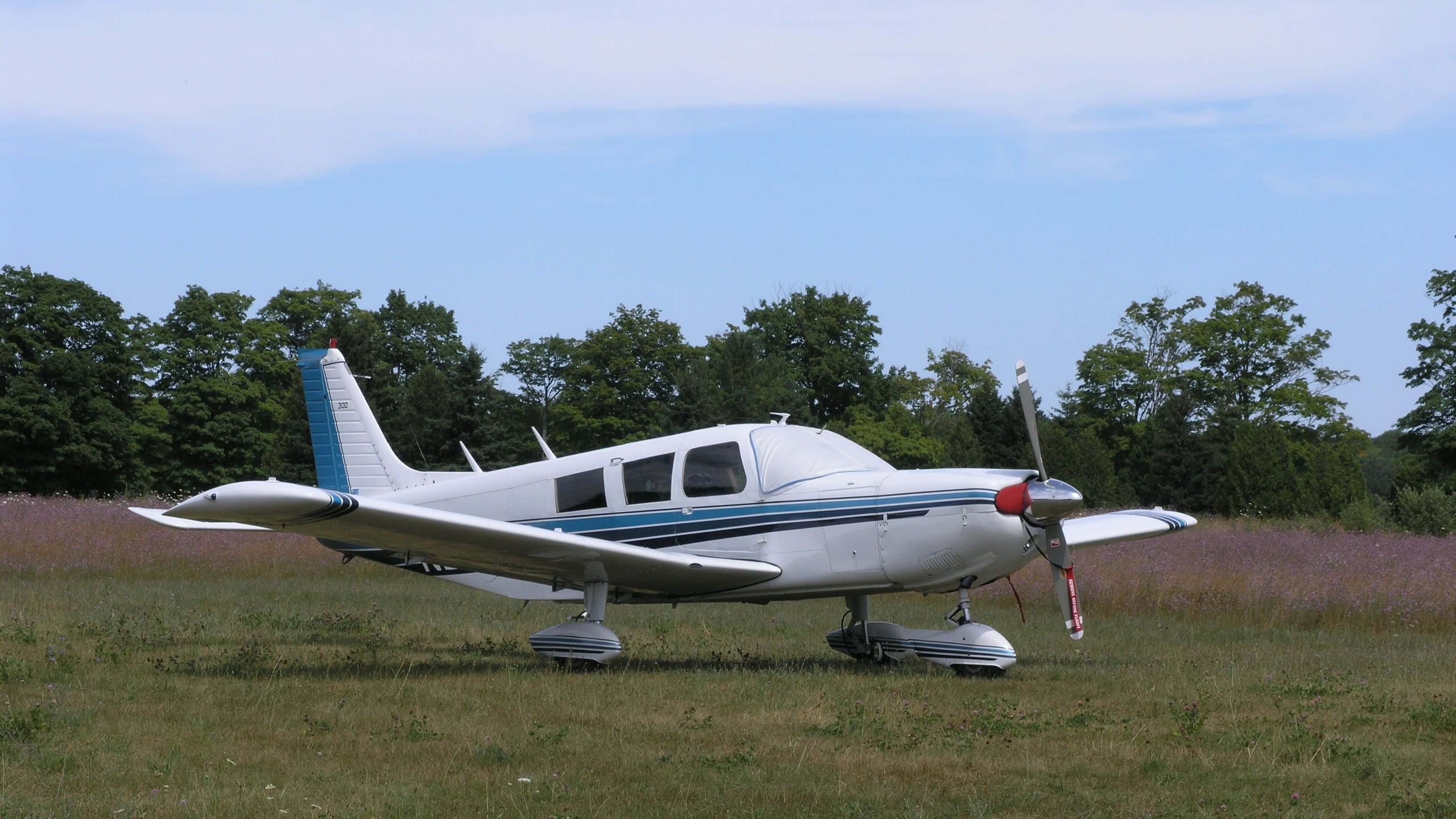
Representative image of a 2-seater aircraft.
Credit: iStock Photo
If you follow cricket, you’ve likely heard about the ‘right technique’ of handling the ball and bat. I am not sure if our ‘Mr Dependable’ cricket coach gave verbal tips to the players or actually demonstrated the technique. But every time I hear the word ‘right technique,’ I go back to a very different type of ‘demo,’ which now evokes a smile after many decades, though it was bitter at the time due to a generous garnishing of abuses from the demonstrator. These demonstrations were conducted by flying instructors during the training of pilots on the DC3 Dakota aircraft in the last stage of flying training before commissioning in the Indian Air Force. For trainee pilots accustomed to small, two-seater aircraft, flying a Dakota was their first encounter with a plane large enough to carry 25 troops in combat gear. Even today, old-timers flying wide-bodied jets fondly recall the old bird’s gentle nature, though executing a smooth three-pointer landing in it used to be the ultimate test of one’s flying skill.
Let us first understand the technique of landing a plane. When an aeroplane’s forward speed decreases to the point where the lift generated by the air’s flow over its wings can’t match the earth’s gravitational pull, the plane simply drops to the ground. So, the speed is gradually reduced until the plane gently descends. The height of the drop and the speed and angle at which the landing gear touches the ground determine whether the landing will be a hefty thud with many bounces or as graceful as dew droplets on rose petals. In a Dakota, which has a tricycle undercarriage, the nose of the plane points upwards while on ground, and the low tale keeps it slanted upwards. But the posture reverses while approaching for landing, with the nose pointing down and the tail up. Just before touchdown, this is again reversed so that the plane touches the ground smoothly in a three-pointer landing. A precise judgement of the correct height for this posture reversal is crucial for a good touchdown.
This was the moment when, after a big thud and successive bumps, the pupil pilot would hear an abusive instructor yelling, “You clumsy idiot! I knew you would do this. Now watch my demo carefully.” The pupil pilot would sheepishly observe his instructor making another final approach while continuing his commentary: “See where I keep the nose? Now watch how I pull back the stick to bring her parallel to the ground. OK? Now watch how she sinks to the ground gently.’’ At this moment, the undercarriage would hit the ground with a bang. The instructor would roar like an injured lion, “Look, you idiot, this is what you do every time. Now go around and show me a decent landing.”
That would mark the end of the dodgy demonstration.